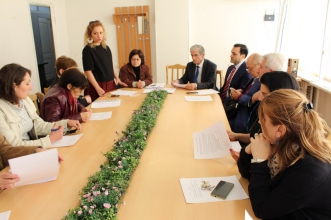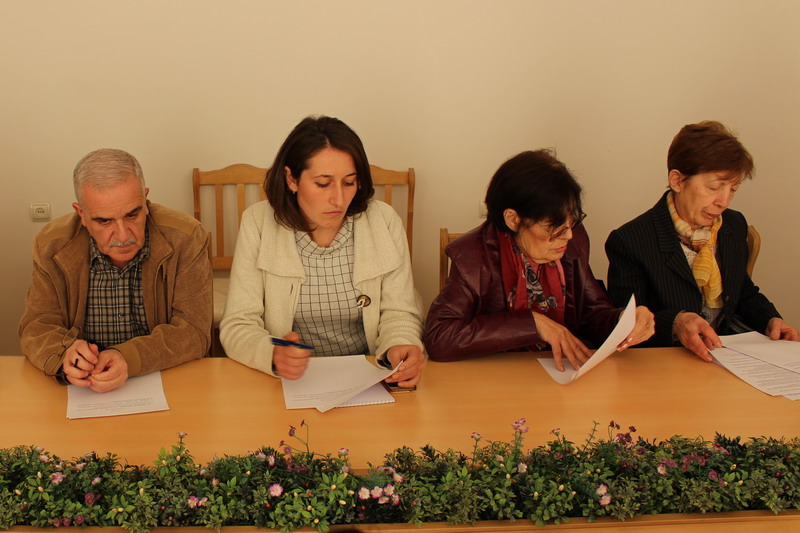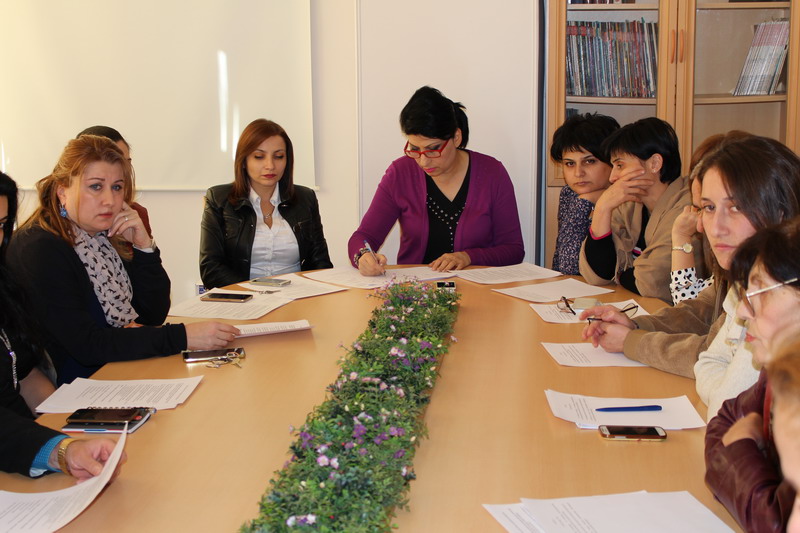International Scientific-Educational Center of NAS RA Clarifies the Quality Assurance Internal System
November 23, 2017
For the purpose of effective organization of the inter-university quality assurance activities of the ISEC NAS RA, the Quality Assurance Department has developed a quality assurance network system. The draft of the above-stated system was submitted for discussion in November of this year. The discussion was attended by the inter-university quality network system chair responsibles, the legal adviser, heads of the ISEC departments and student representatives, as well. The subject of the discussion was clarification of quality assurance inter-university system, the discussion of activities of quality assurance responsibles and clarification of the subject and the timetable of possible training for the staff involved in the quality assurance system. Head of the Education Quality Assurance Department of the ISEC NAS RA, PhD Narine Vardanyan presented several documents elaborated by the ISEC NAS RA Education Quality Assurance Department, namely, the new structure of the ISEC NAS RA quality assurance and the functions of structural units and that of quality assurance chair responsibles. Suggestions were made and after their inclusion the operation procedure of the internal quality assurance system of the ISEC NAS RA will be placed on the website. In addition, possibilities of training the quality assurance network system members-the chair responsibles were discussed. According to the ISEC NAS RA Improvement Plan it's envisaged to train the inter-academic system responsibles. For the purpose of conducting trainings the Stakeholder Relations Officer of the National Center for Quality Assurance of Armenia, Candidate of Historical Sciences Lilit Zakaryan was invited. The latter presented the range and directions of possible training subjects. There were suggestions and clarification regarding the training subject plan, also a 32-hour classroom training course was envisaged, which will be implemented in 2017.






